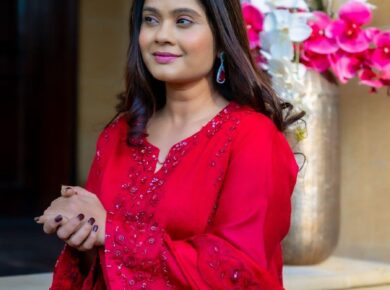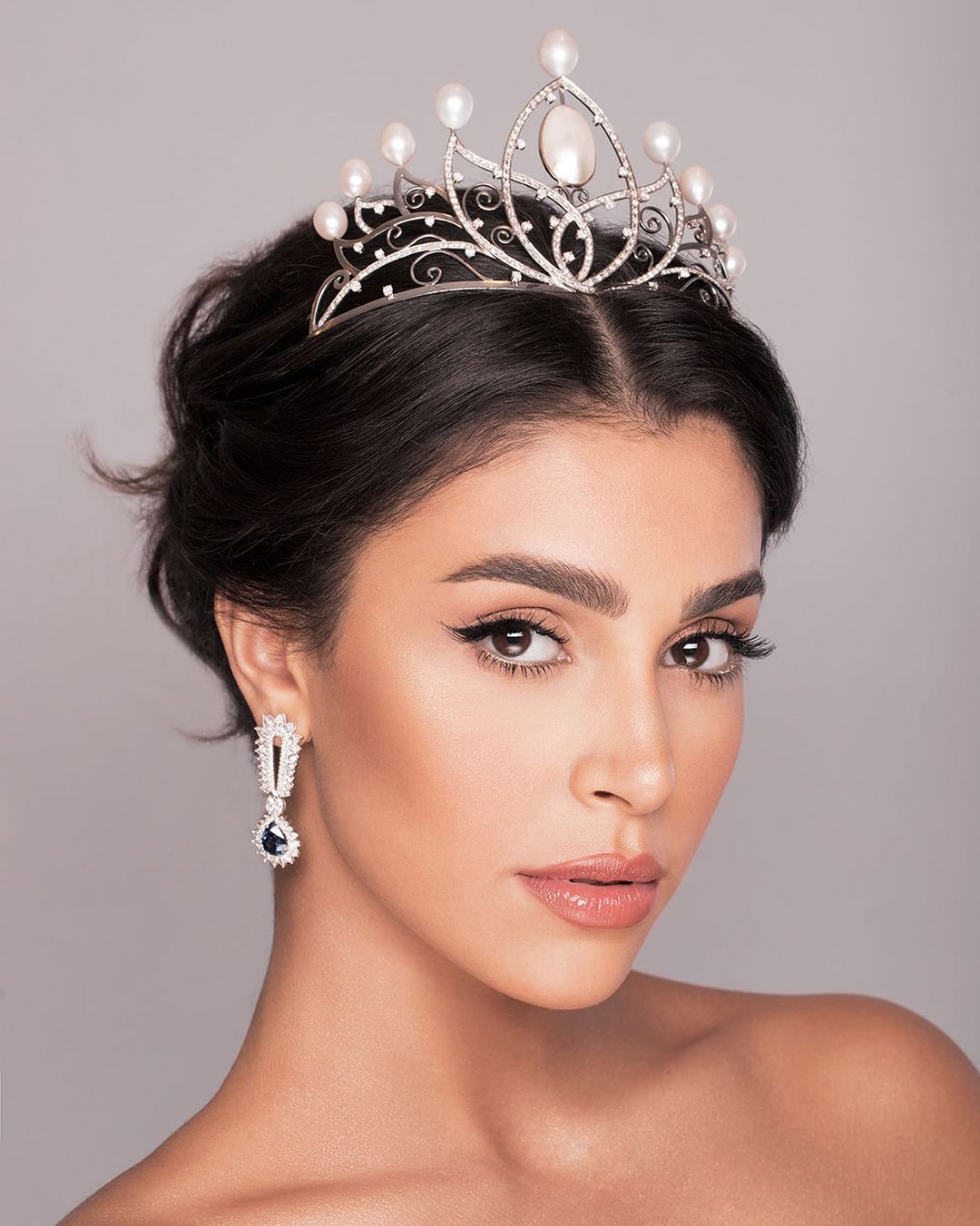Simplicity Reigns: Minimalism Takes Over Fashion Design
Minimalism is a design approach that emphasizes simplicity and the use of minimal elements. In recent years, this design philosophy has gained significant popularity in the fashion industry. Minimalism in fashion design is all about creating clothes that are simple, functional, and timeless. This movement towards minimalism has been driven by a number of factors, including a desire for simplicity, sustainability, and a backlash against the excesses of consumerism.
The Rise of Minimalism in Fashion Design Minimalism in fashion design first gained popularity in the 1960s, when designers like Yohji Yamamoto and Rei Kawakubo started experimenting with minimalist designs. The minimalist aesthetic was embraced by other designers in the following decades, with Calvin Klein and Jil Sander among the most famous proponents of the style. In recent years, minimalism has become even more popular, as consumers have become more interested in sustainable fashion and are looking for clothes that are simple, functional, and versatile.
The Elements of Minimalist Fashion Design Minimalist fashion design is characterized by a focus on simplicity and the use of minimal elements. Clothes designed in this style often feature clean lines, geometric shapes, and a limited color palette. The emphasis is on the quality of the fabric and the construction of the garment, rather than on embellishments or decorative details. Minimalist clothes are designed to be functional and versatile, with a focus on comfort and ease of wear.
Benefits of Minimalist Fashion Design Minimalist fashion design has a number of benefits, both for consumers and for the environment. From a consumer perspective, minimalist clothes are versatile and can be worn in a variety of settings. They are also easy to care for, as they are often made from high-quality fabrics that can be machine washed and dried. Minimalist clothes are also durable, meaning they will last for many years and can be worn season after season.
From an environmental perspective, minimalist fashion design is a sustainable choice. Minimalist clothes are often made from natural fibers, such as cotton, linen, and wool, which are biodegradable and do not contribute to the buildup of waste in landfills. They are also made with a focus on quality and longevity, meaning that they are less likely to end up in the landfill after only a few wears.
Challenges of Minimalist Fashion Design While minimalist fashion design has many benefits, there are also some challenges associated with this style. One challenge is that minimalist clothes can be perceived as plain or boring by some consumers, who may prefer more elaborate designs. Another challenge is that minimalist clothes can be expensive, as they are often made from high-quality materials and with a focus on craftsmanship. However, many consumers are willing to pay more for clothes that are sustainable, durable, and versatile.
Conclusion Minimalism has taken over fashion design in recent years, with designers and consumers alike embracing this simple and sustainable approach to fashion. Minimalist fashion design is characterized by a focus on simplicity and the use of minimal elements, with an emphasis on quality and durability. While there are some challenges associated with minimalist fashion design, it is a trend that is likely to continue in the years to come, as consumers continue to seek out sustainable and versatile clothing options.




